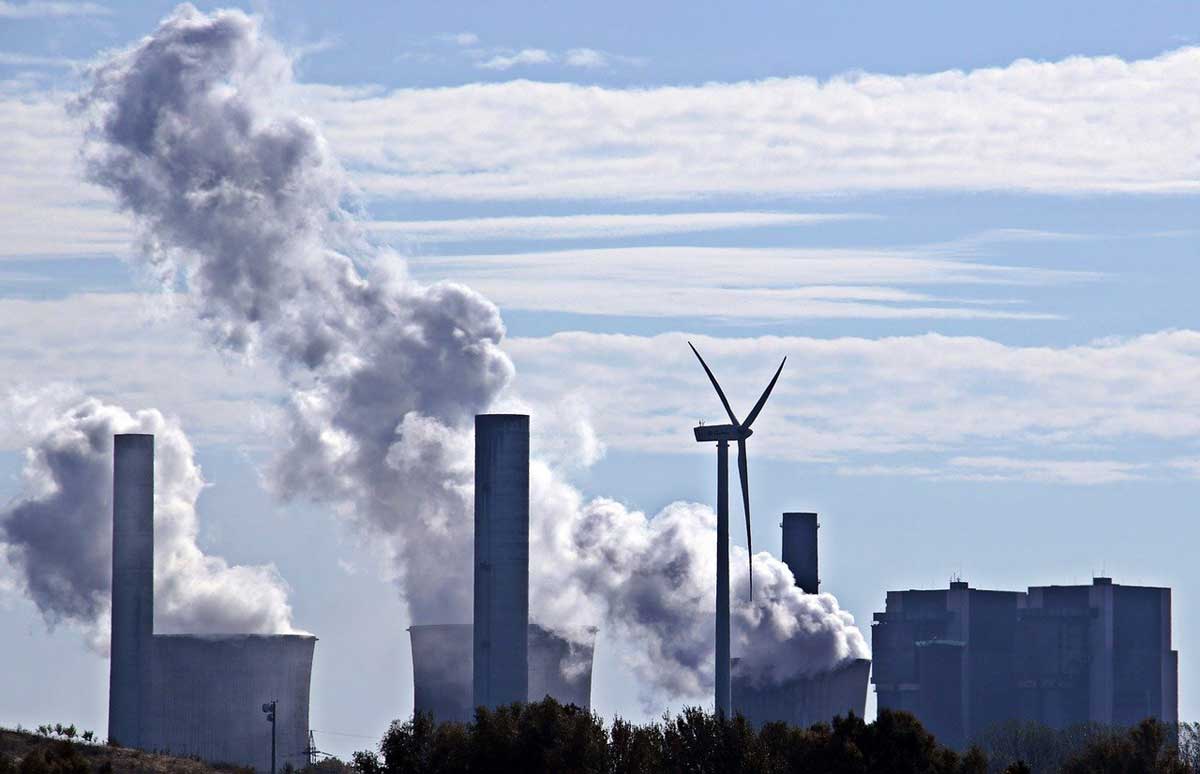Authors: Yann Duval, Salamat Ali, Brendan Vickers, Alexey Kravchenko
In July 2021, the European Commission (EC) announced a proposal to implement a Carbon Border Adjustment Mechanism (CBAM) on energy-intensive imports from third countries. The proposed CBAM would initially apply to five sectors: electricity, iron and steel, fertilisers, aluminium and cement. However, its scope could be extended to include indirect emissions and other goods and services.
The CBAM aims to prevent carbon leakage, incentivize the uptake of cleaner technologies abroad and provide a level playing field between local and foreign producers. The additional charges on imports based on the emission intensity of production processes could affect the export competitiveness of several countries in the Asia-Pacific region, with consequences for development.
Of the ESCAP member States, 19 are members of the Commonwealth. Many of these countries are hubs for global supply chains that link production centres in Asia and the Pacific with major consumer markets in Europe and North America. In 2019, Commonwealth Asia-Pacific countries collectively sent around 15 per cent of their global exports to the EU. However, the reliance of each economy on the EU market varies widely, affecting their respective exposure to the potential CBAM.
A recent study by the Commonwealth Secretariat on the implications of the CBAM finds that:
- South Asian economies rely greatly on the EU market, which exposes them to the potential CBAM charges. In 2019, of the US$40 billion CBAM-related exports from six South Asian countries, around 14 per cent were sent to the EU. India alone accounted for just above 80 per cent of these exports, while Malaysia accounted for around 15 per cent.
- The Pacific, Australia and New Zealand could be moderately affected. Of their US$15 billion exports from the targeted sectors in 2019, only 3 per cent were sent to the EU. This share could, however, rise considerably should the CBAM’s coverage extend to emissions from other sectors such as agriculture and transport.
- All Pacific small island developing states, except Papua New Guinea, seem generally shielded from these measures given the large share of services in their exports and limited merchandise exports destined for the EU. However, the EC Resolution does not exclude small states and least developed countries from CBAM-related charges.
As only a few Commonwealth economies in the Asia-Pacific region have a carbon pricing mechanism in place, exports originating from most of the 14 Commonwealth countries (with no such mechanism) could be exposed to the carbon charges in full. This could raise the cost of exporting to the EU, placing their firms at a comparative disadvantage.
The recent Asia-Pacific Trade and Investment Report 2021 finds:
- Negative effects on GDP, exports and imports of countries in South and South-West Asia, where most Asian Commonwealth countries are located – other subregions in the region experience less impact. Adjustment of supply chains could reduce real household consumption, adversely affecting most vulnerable families and widening inequality, particularly low-skilled workers in the most affected sectors.
- The CBAM could also decrease the flow of investment to this region, at least in the short-term.
- The effectiveness in reducing emissions would be minimal compared with that of a global carbon tax.
While the CBAM could incentivize some decarbonization of production abroad, the EU should also consider the differential responsibilities and respective capabilities of countries under the Paris Agreement to mitigate emissions. Indeed, ESCAP modelling notes that increases in emissions in LDCs are relatively small when exempted from CBAM.
The macroeconomic effects of the proposed CBAM and the prospects of similar policies by other developed countries point to the need for greater coherence between the multilateral trade and environmental regimes to tackle climate change.
The pressure for countries to achieve net zero by 2050 means the Asian and Pacific economies should prepare for domestic carbon pricing and border carbon adjustments (BCAs). This could include participation in regional carbon pricing mechanisms, increasing investment in greener technologies and active engagement in multilateral discussions on trade and climate change. These measures could alleviate the direct and indirect effects of future BCAs on their economies.


